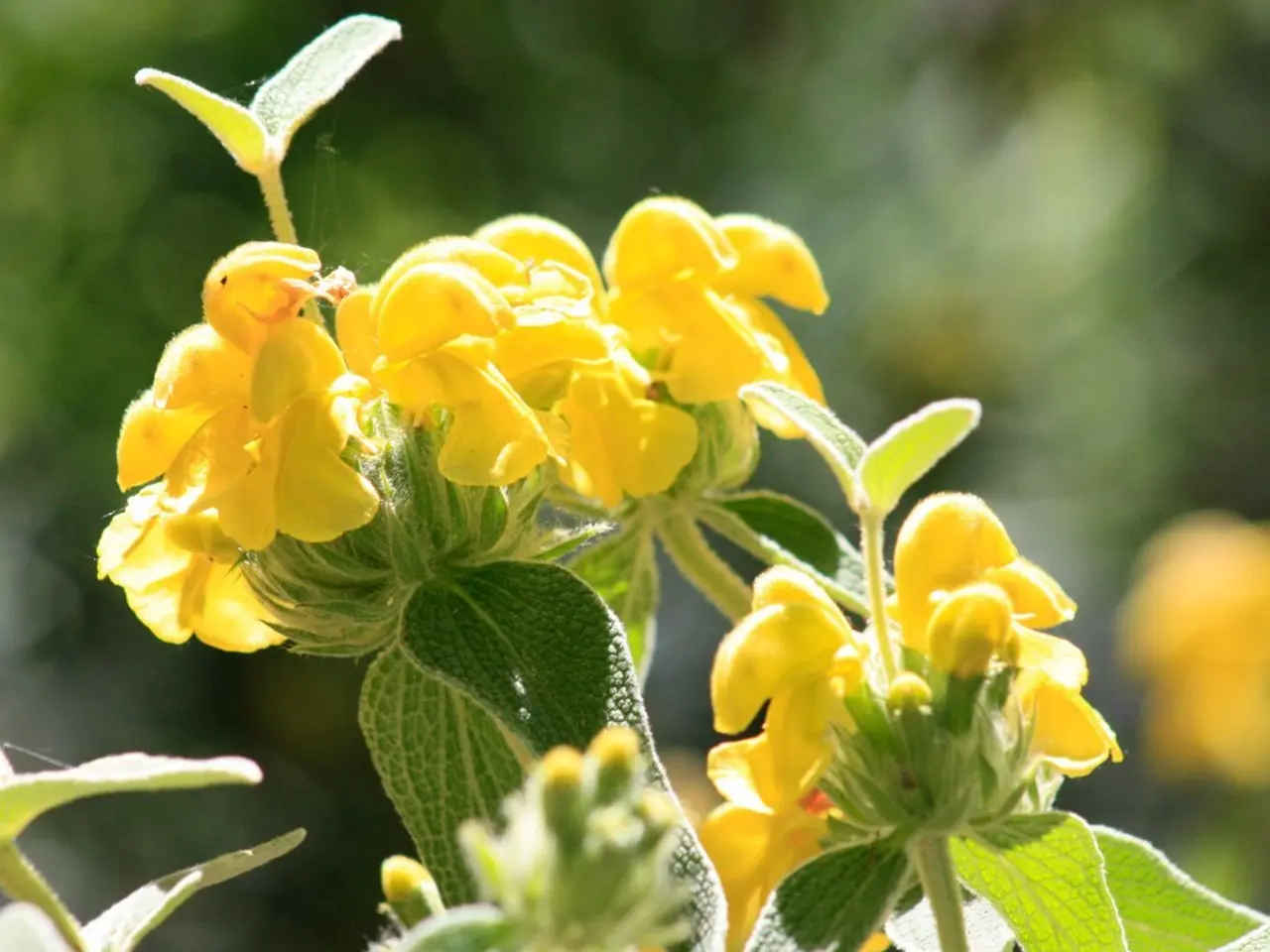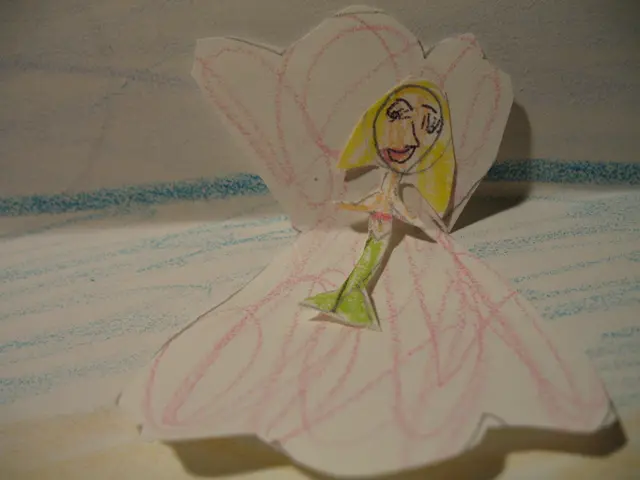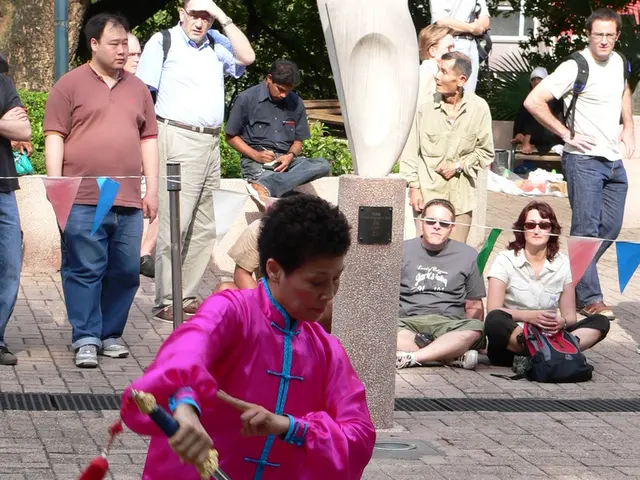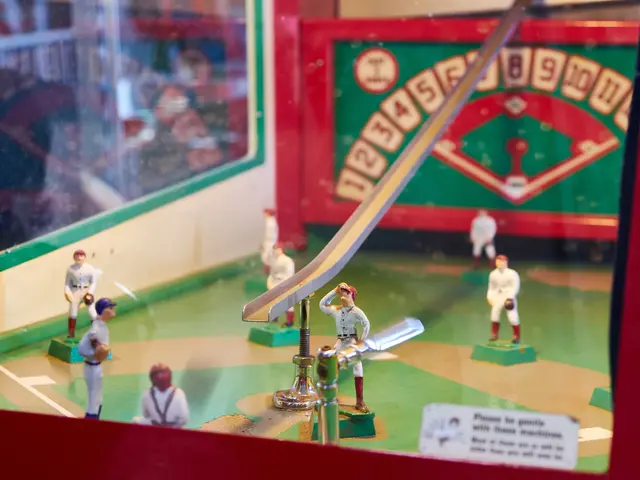Houseplant Solutions: Guidance for Jade Plant (Crassula ovata) care and maintenance.
The jade plant, scientifically known as Crassula ovata, is a long-lived and easy-to-care-for houseplant that adds a touch of nature to your indoor space. With its fleshy green leaves and woody stems, mature jade plants resemble little trees.
These plants are not reliable bloomers indoors, producing white star-shaped flowers sparingly. However, their charm lies in their unique appearance and the fact that they can live for a century or more.
To ensure your jade plant thrives, it's essential to provide it with the right conditions. A consistent temperature between 60° to 75°F is important for its health. The best place for an indoor jade plant is on the sill of a south-facing or west-facing window, as they prefer partial shade to direct sunlight.
Jade plants are drought-tolerant and require well-draining soil. You can find cactus/succulent soil at the plant store, but ordinary potting soil with some perlite or sand mixed in for extra drainage also works.
When it comes to watering, jade plants are not heavy drinkers. Allow the soil to dry out between waterings, and ensure the soil is dry before watering again to prevent root rot.
Propagating a jade plant is easy as it roots from stem cuttings and leaf cuttings. To propagate, let the cut section callous off, prepare a tray or small pot of moist soil, and place the calloused end of the leaf or stem in the soil.
There are several common cultivars of the jade plant, each with unique characteristics. For example, the 'Gandalf' cultivar has long, tubular green leaves that flare open at the tips like trumpets, developing rich red highlights in bright light. On the other hand, the 'Minima' variety is compact and fast-growing, making it well-suited for indoor spaces.
Choosing the right jade plant depends on your space, light, and aesthetic preferences. Most cultivars share jade plants' typical drought tolerance, slow growth, and preference for well-draining soil.
Remember, jade plants are toxic to dogs and cats, so keep them out of reach of curious pets.
With proper care and the right cultivar, a jade plant can bring a touch of nature and good luck to your home for many years to come.
Nurturing your jade plant correctly will help it complement your home-and-garden lifestyle, as this plant thrives indoors and prefers partial shade to direct sunlight. To enhance your indoor space further, consider propagating a jade plant, as it can be rooted from stem or leaf cuttings, allowing you to cultivate multiple plants with unique characteristics, such as the 'Gandalf' cultivar with its flared green leaves or the compact and fast-growing 'Minima' variety.








